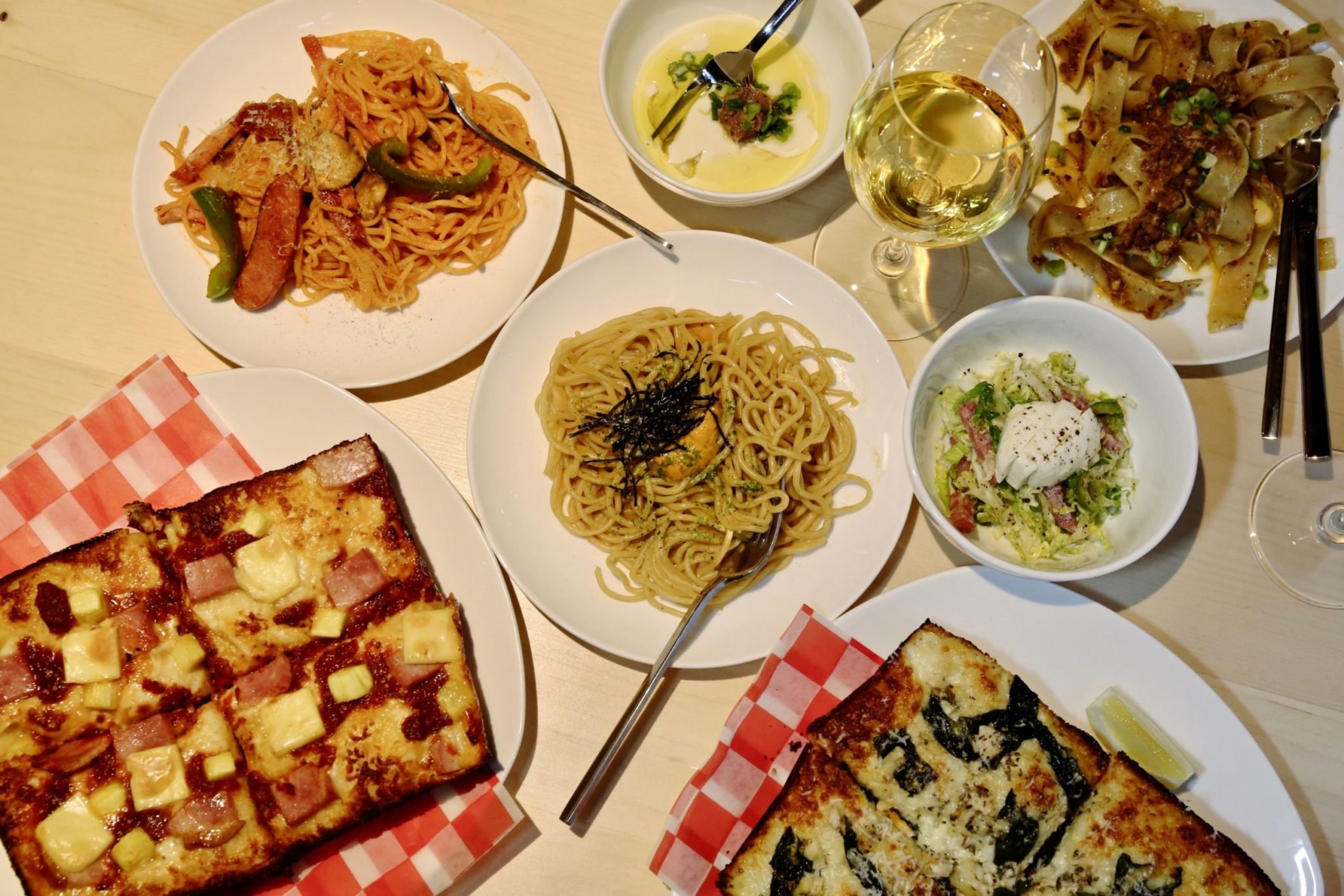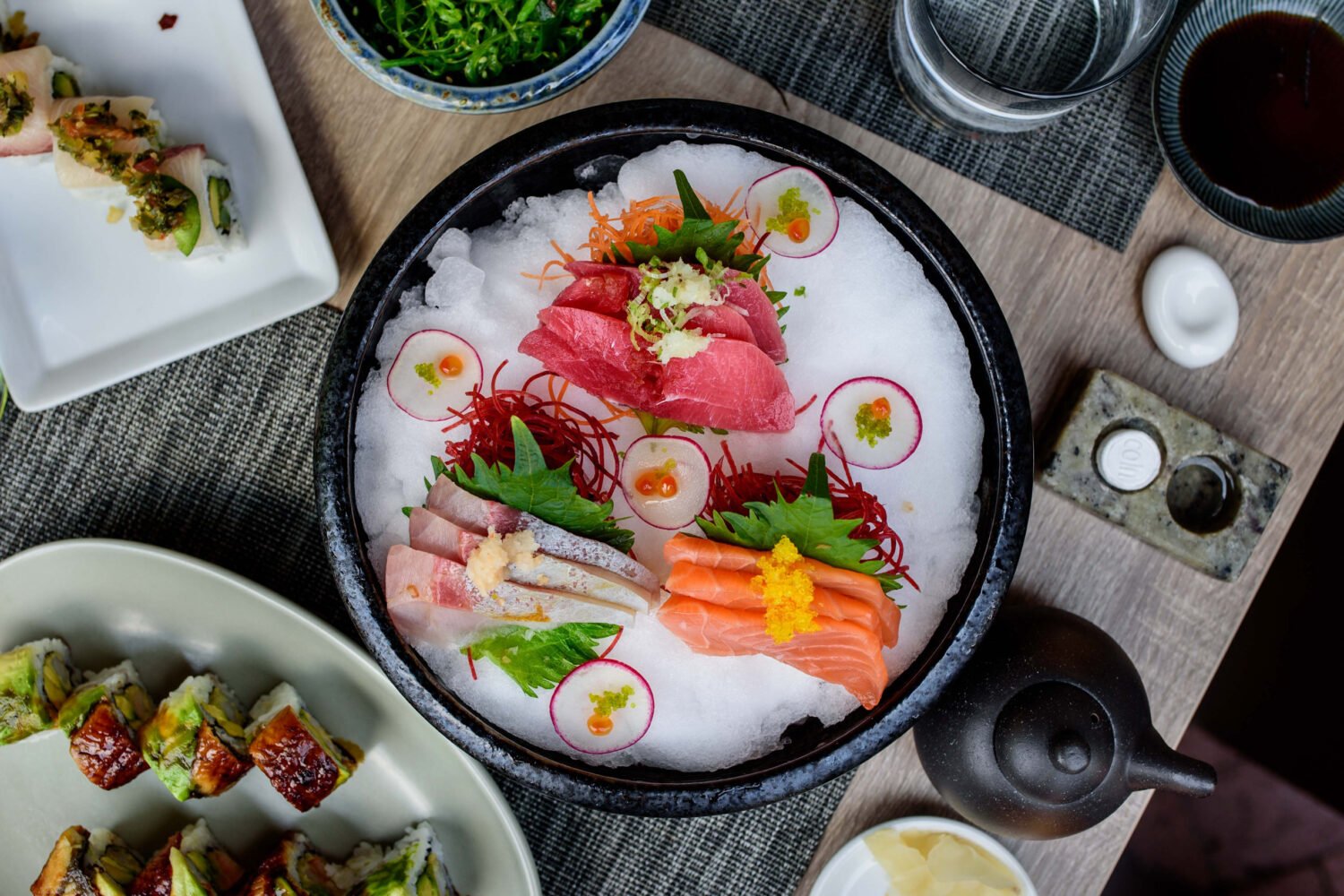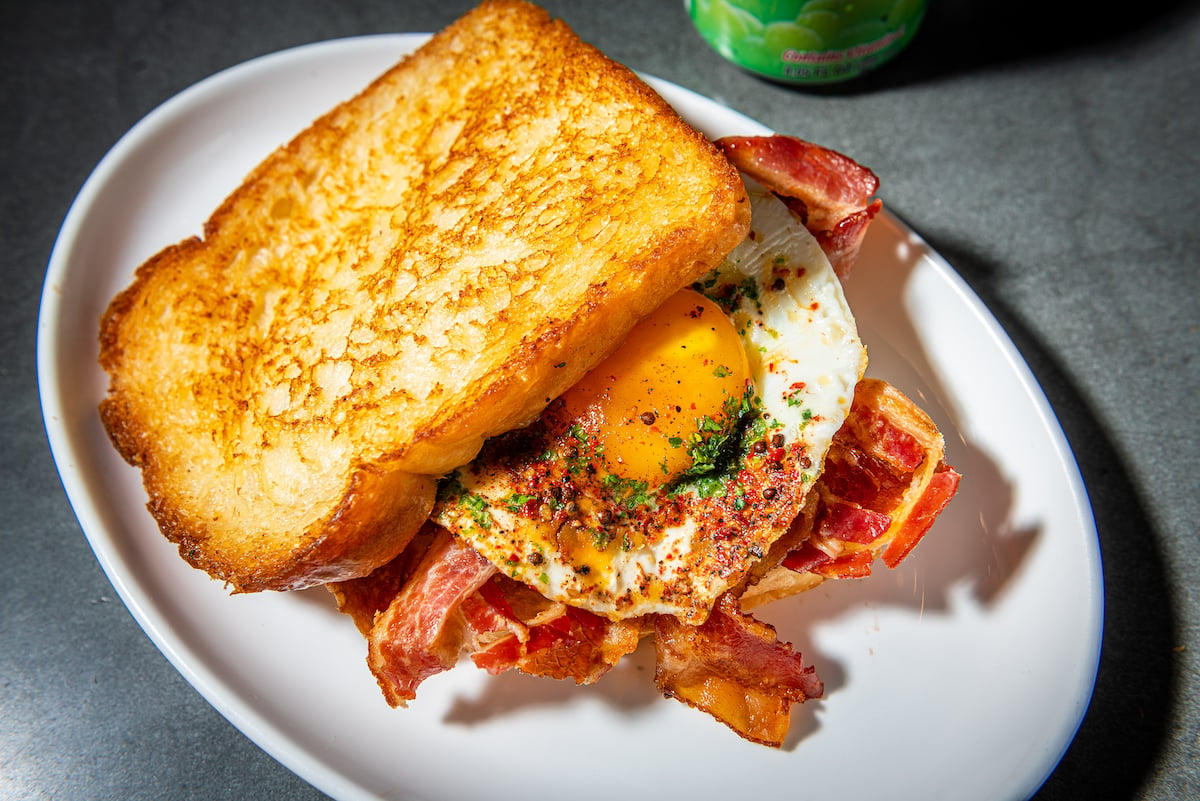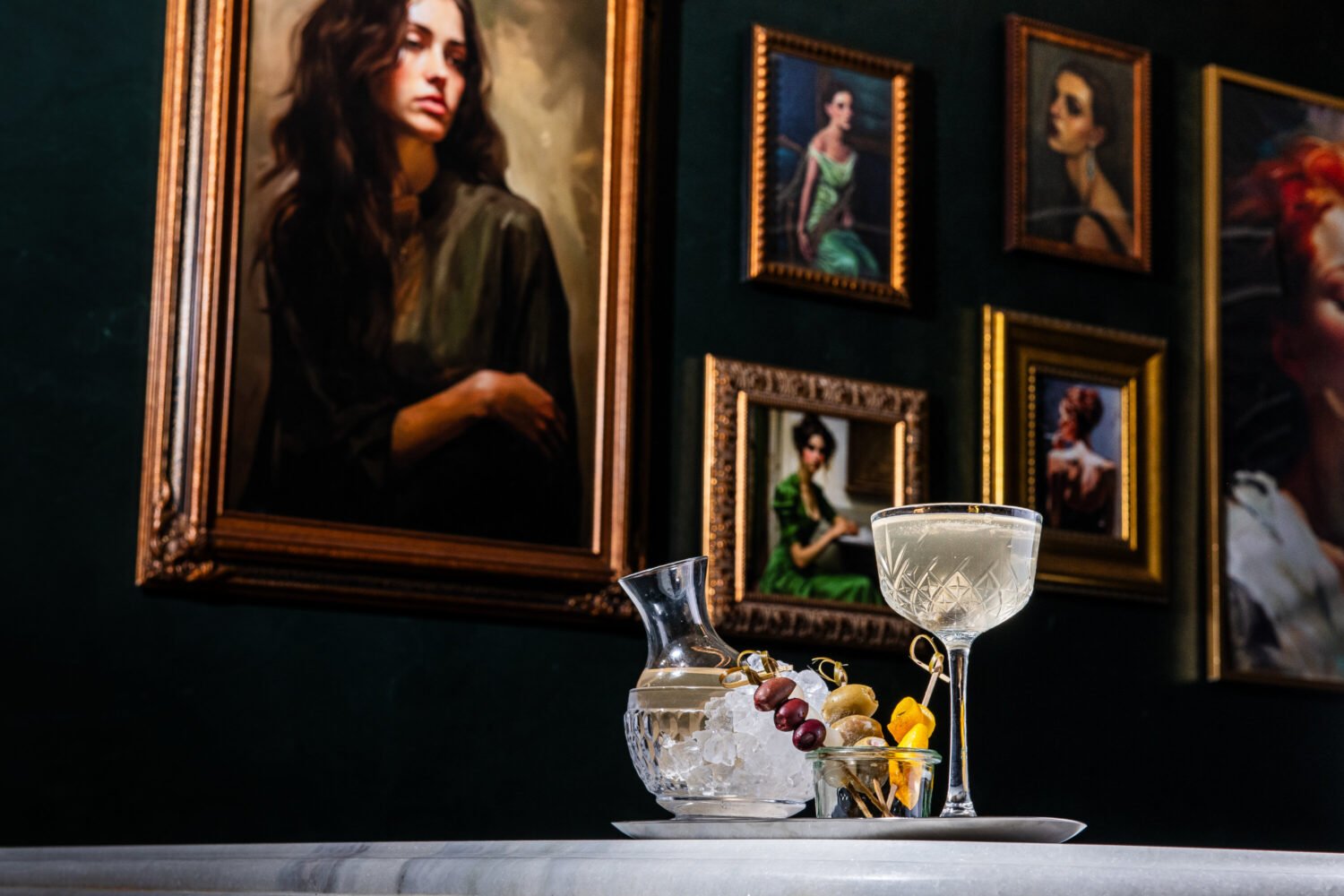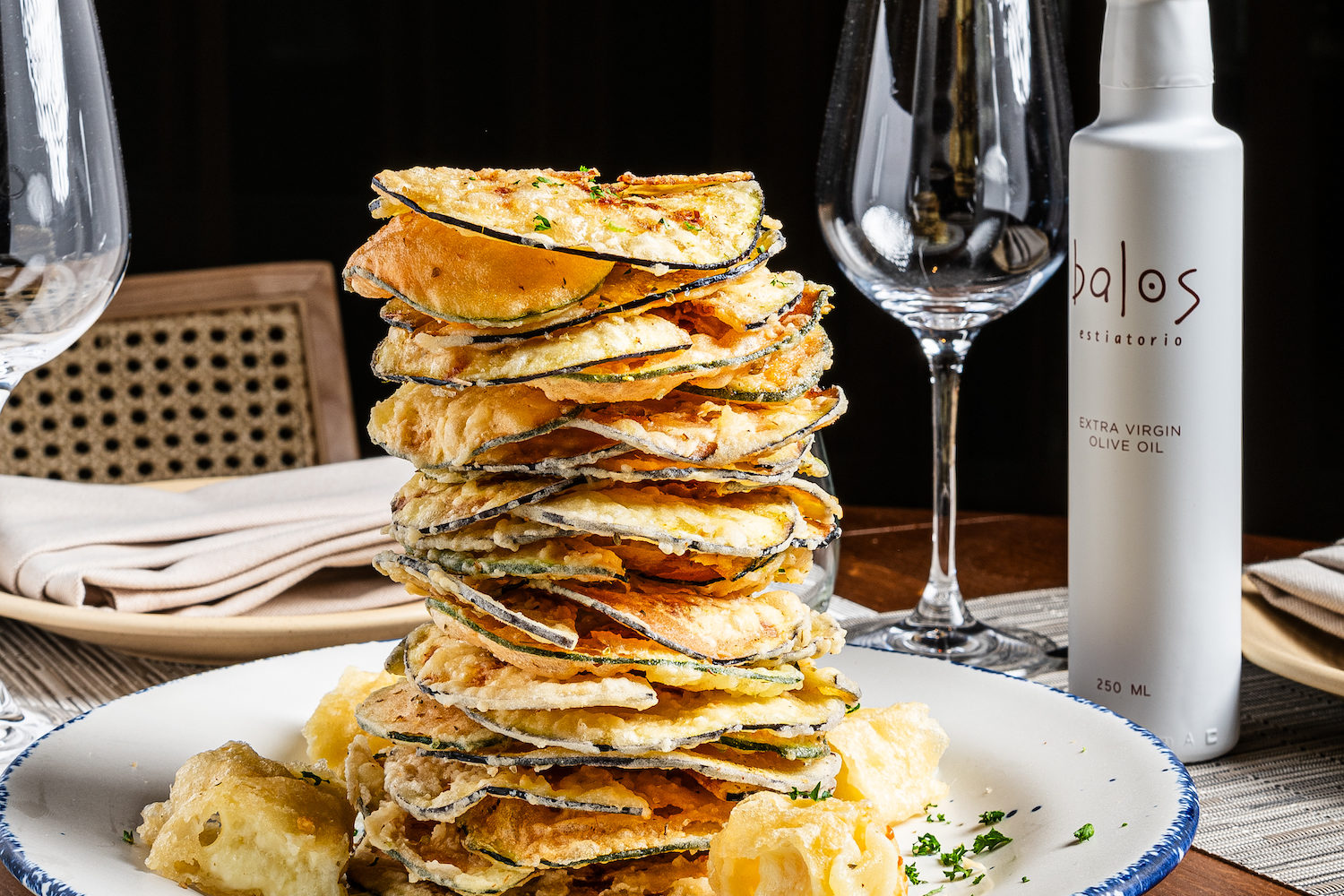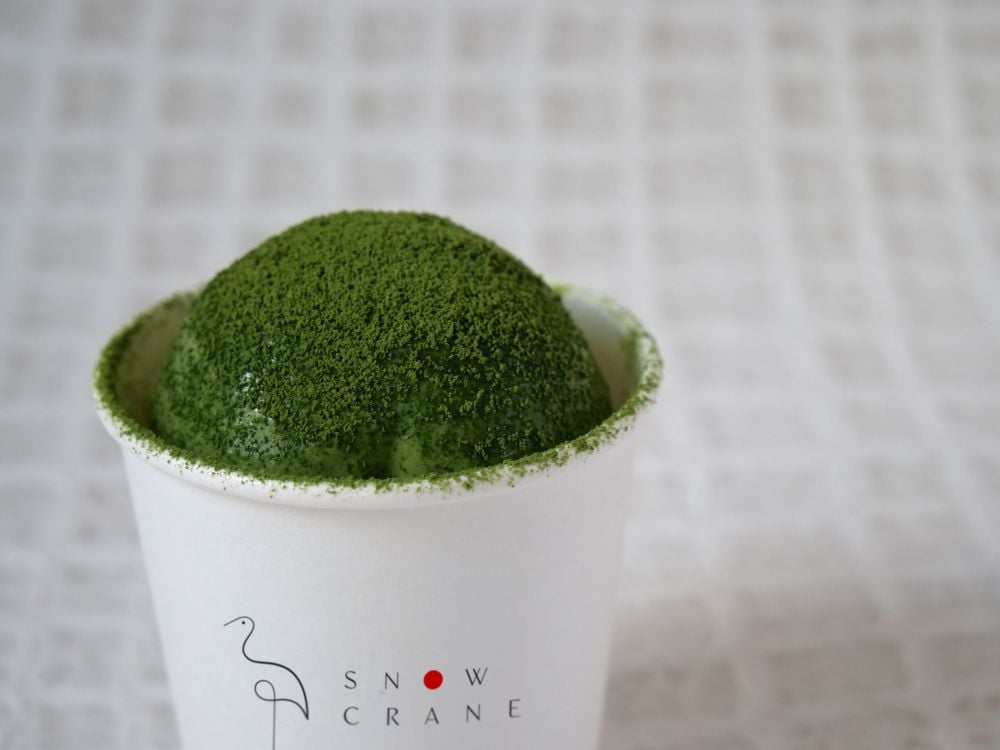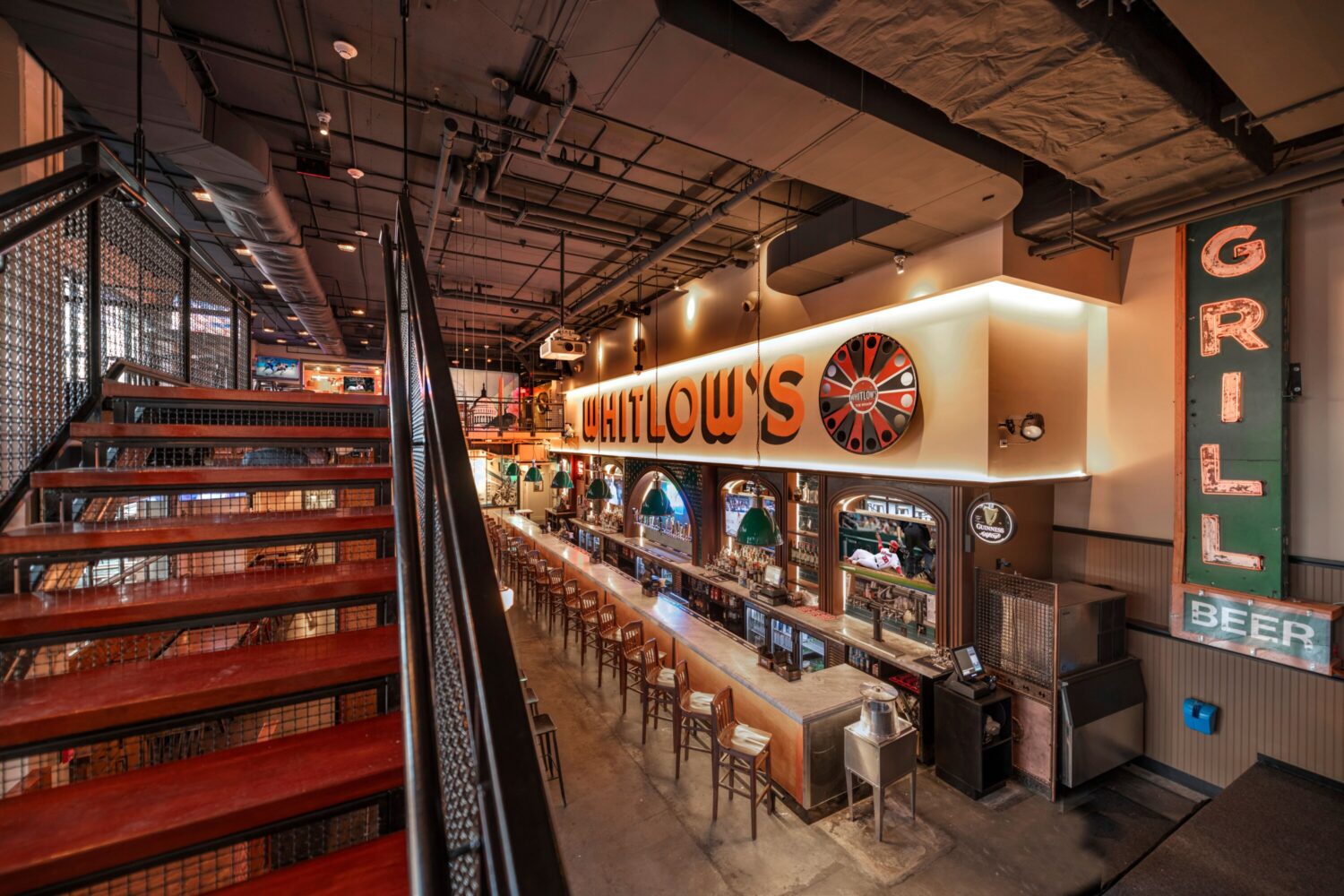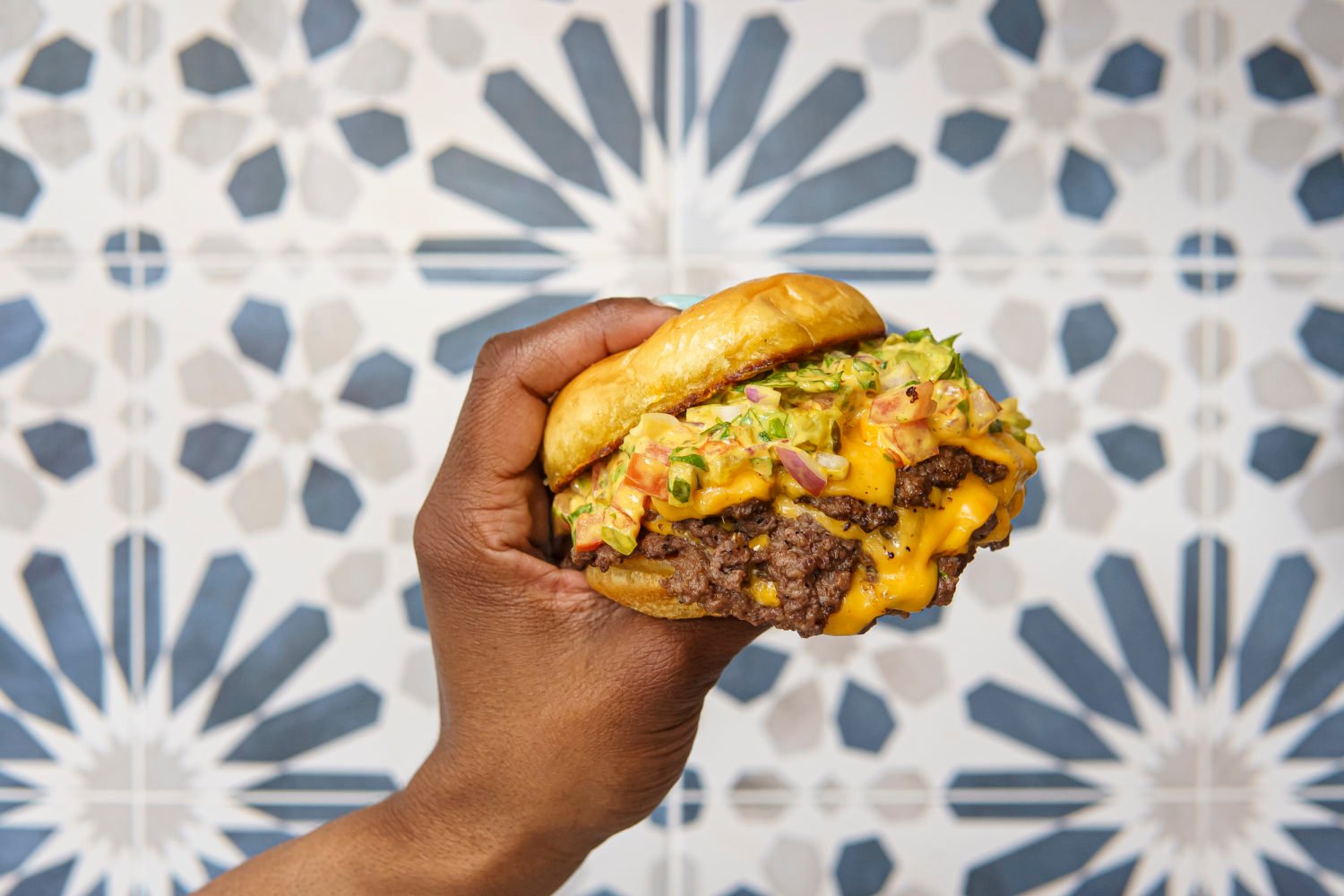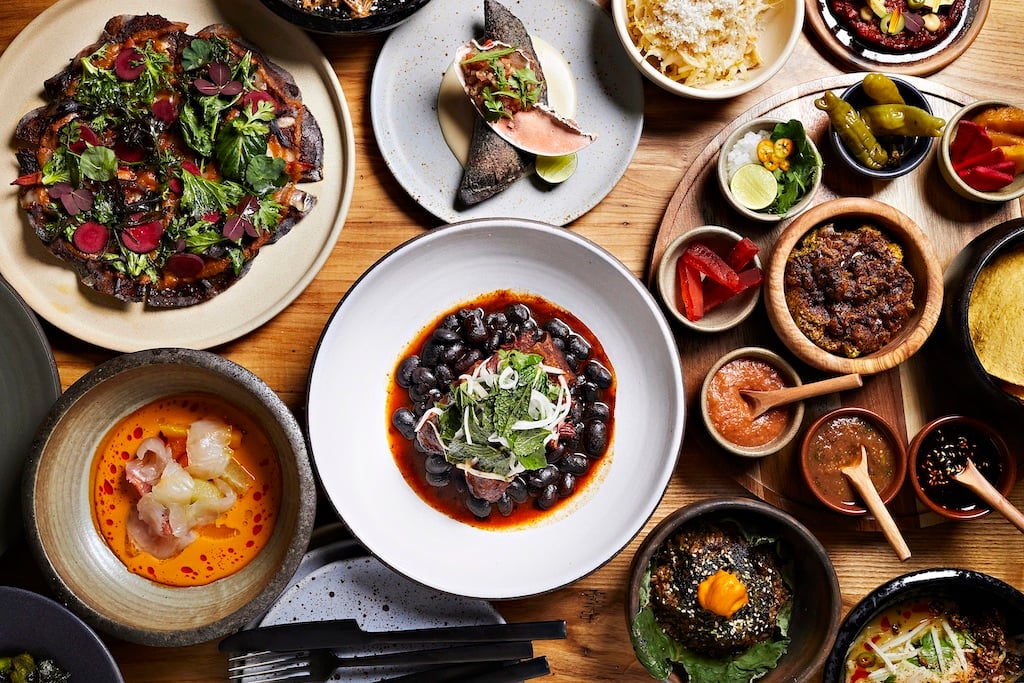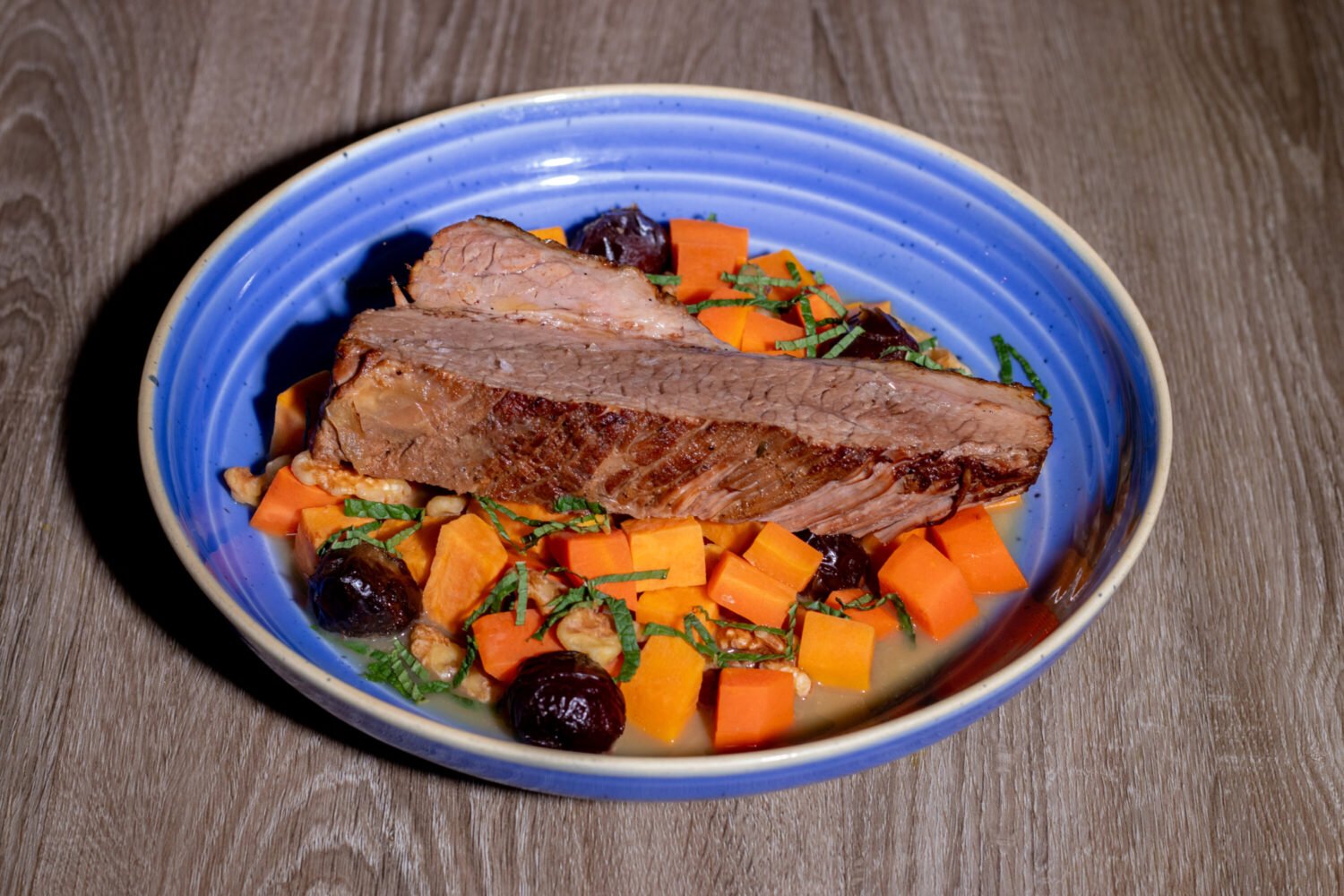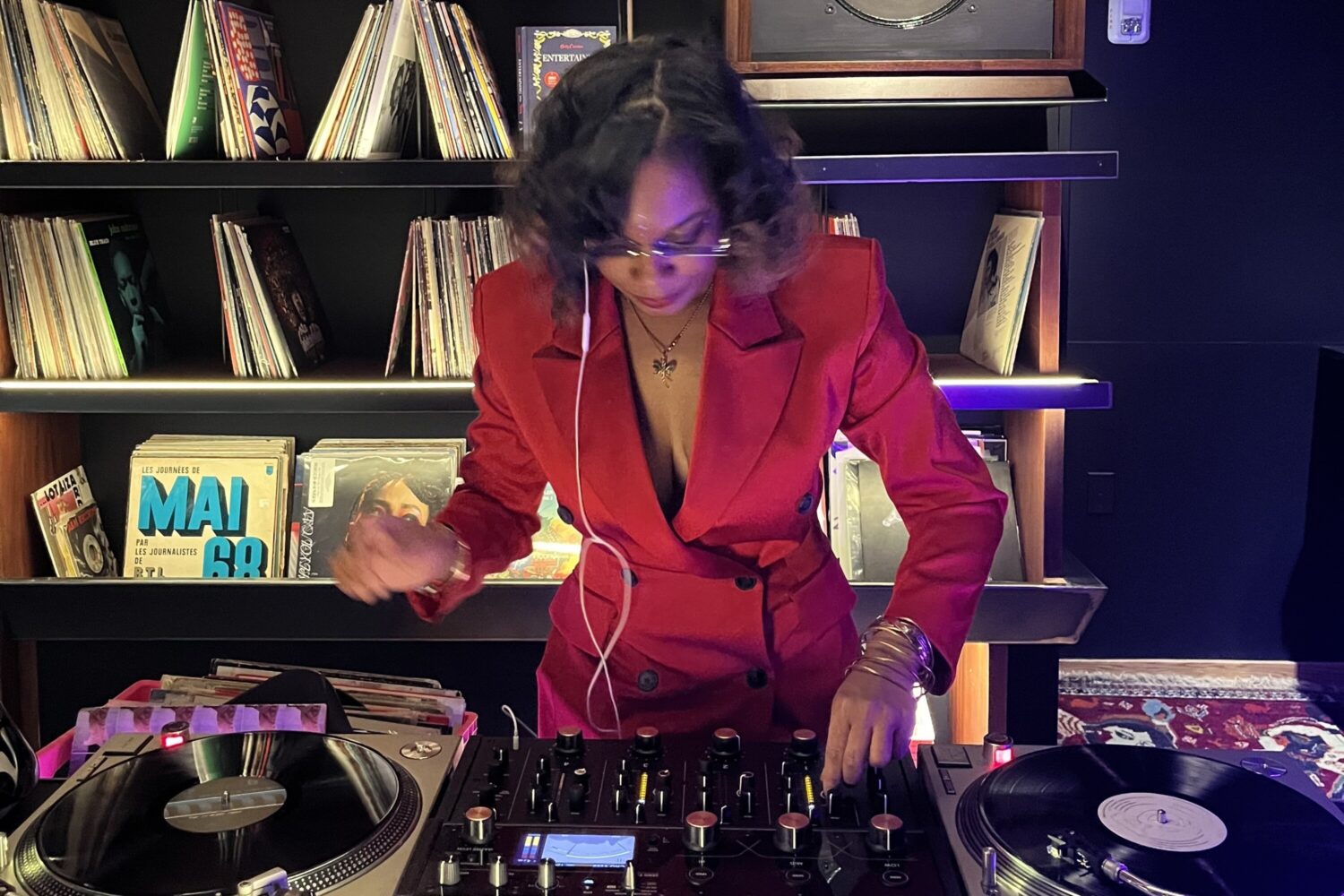About Restaurant Openings Around DC
A guide to the newest places to eat and drink.
When Mike Isabella‘s Italian restaurant Graffiato was on the cusp of closing, the Chinatown landlord called the team behind Daikaya next door to see if they wanted to take over the building. Initially, the answer was no. Ramen shop owners Daisuke Utagawa, Yama Jewayni, and chef Katsuya Fukushima weren’t sure if they wanted to open a competing restaurant so close. Plus, what would they do with that very prominent, very expensive pizza oven? They couldn’t just destroy it.
“I was like, ‘Daisuke, what do the Japanese cook in an oven?,” Jewayni says. “He’s like, ‘nothing.'” Then Fukushima chimed in: What about Japanese pizza? Jewayni had never heard of such a thing. But his Japanese business partners quickly filled him in on the Neapolitan craze that’s hit Tokyo, which led to a conversation about “wafu” or Japanese-style Italian food.
The trio took the lease after all. This weekend, they’ll open Tonari (translation: neighbor), a restaurant specialized in wafu dishes such as mentaiko (spicy cod roe) pasta and pizzas topped with wakame seaweed and clams.
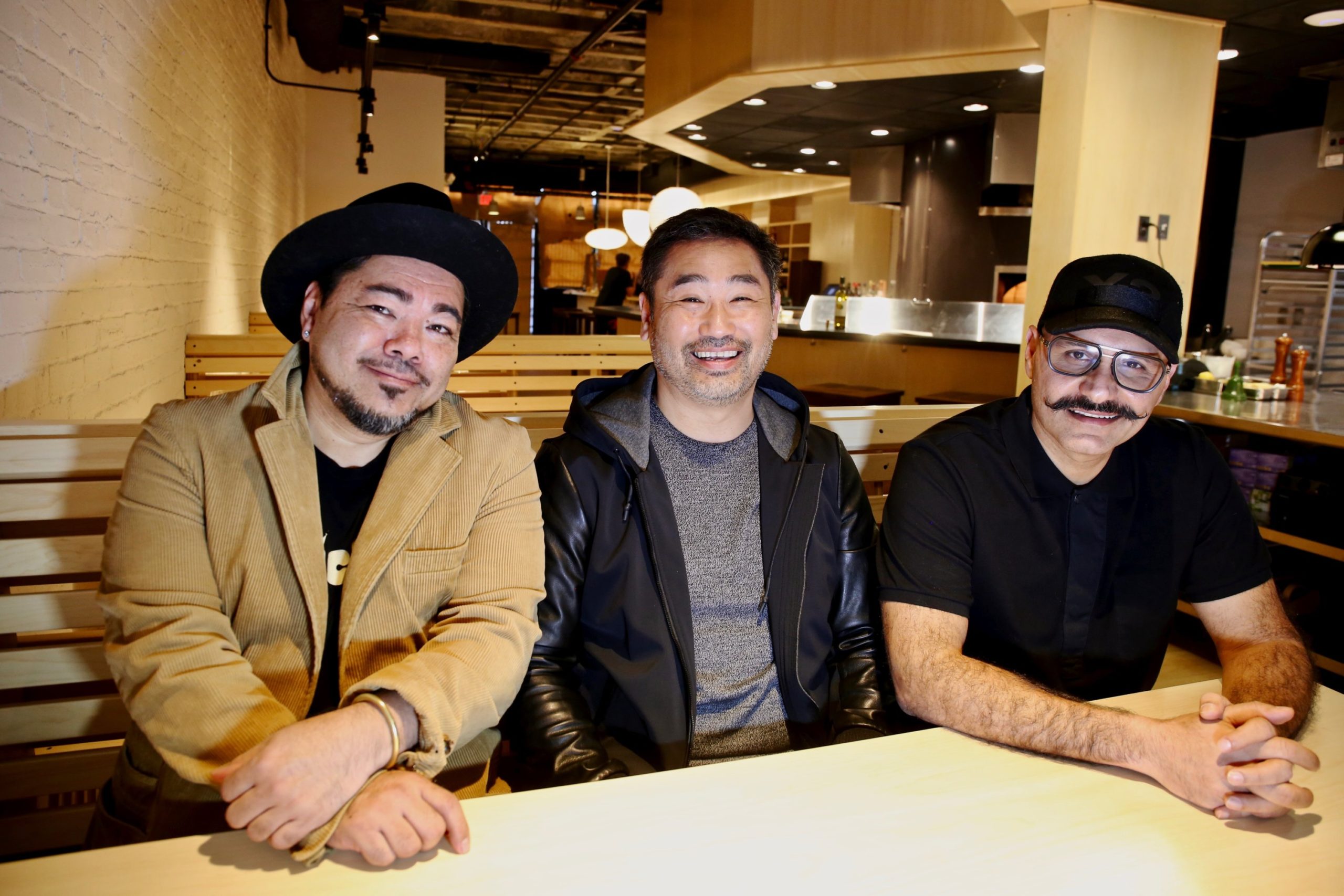
Wafu, though, is not just random fusion. While it will be new to most Americans, the cuisine has developed over decades in Japan. Wafu pasta originated in the 1950s at a Tokyo restaurant called Kabenoana, meaning “hole in the wall.” As one of the first to serve pasta in the city at the time, the chef started using Japanese ingredients such as cod roe, uni, and nori to appeal to his regulars and attract a wider clientele. The genre took off from there.
“Italian-Americans have done the same thing with Italian food here. New York pizza is not Italian pizza,” Fukushima points out. In both cases, Italian cuisine has been adapted over time to local tastes with local ingredients.
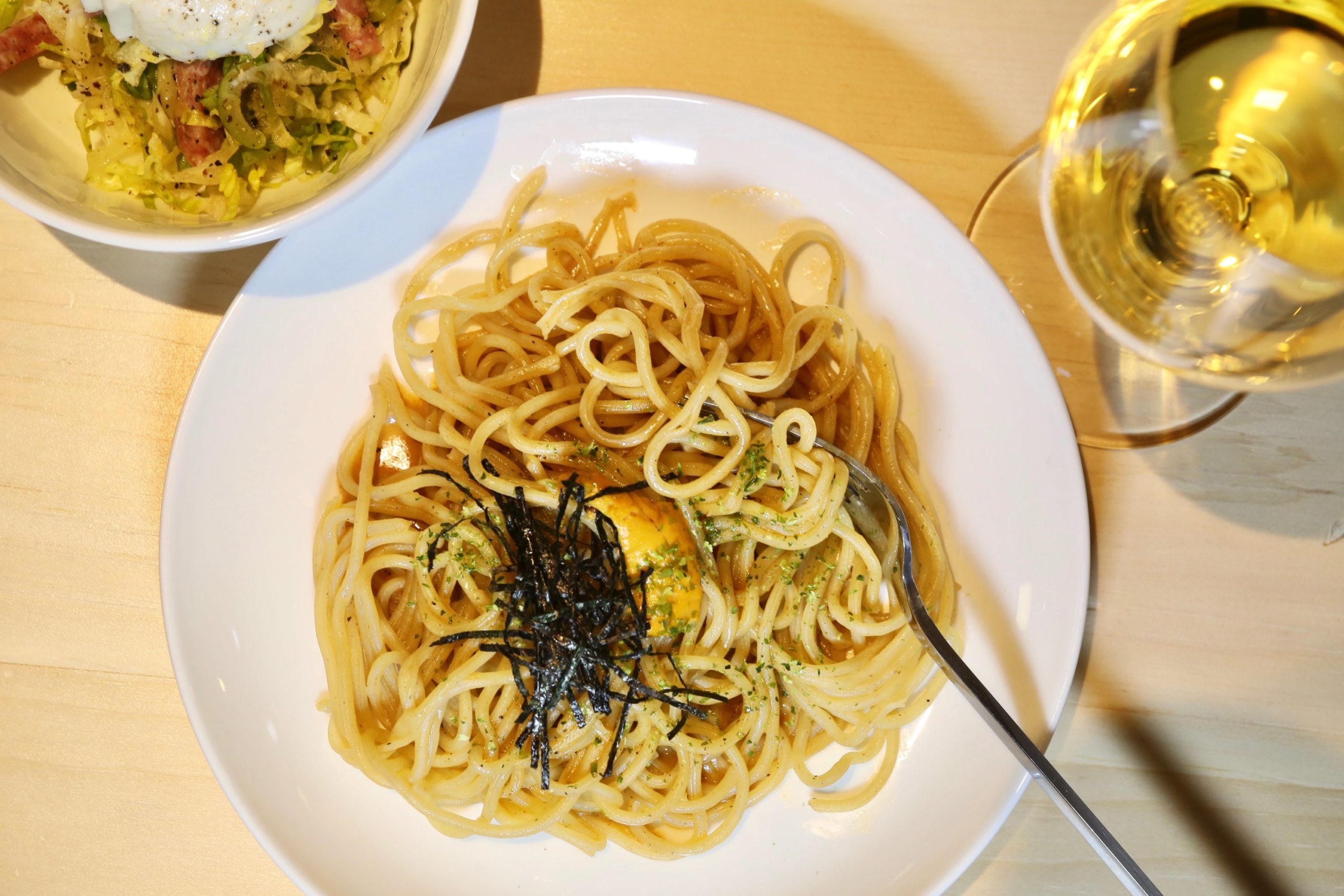
Tonari will serve wafu classics such uni pasta as well as “spaghetti Napolitan” with sausage, mushrooms, and peppers in a sweet Ketchup sauce. Also look out for a pappardelle with a natto bolognese. The fermented soy beans add some extra umami and lightness, but Utagawa says you might only notice the flavor if you’re looking for it. The same company that supplies Daikaya’s ramen noodles, Nishiyama Seimen Co., also makes the pasta imported to Tonari.
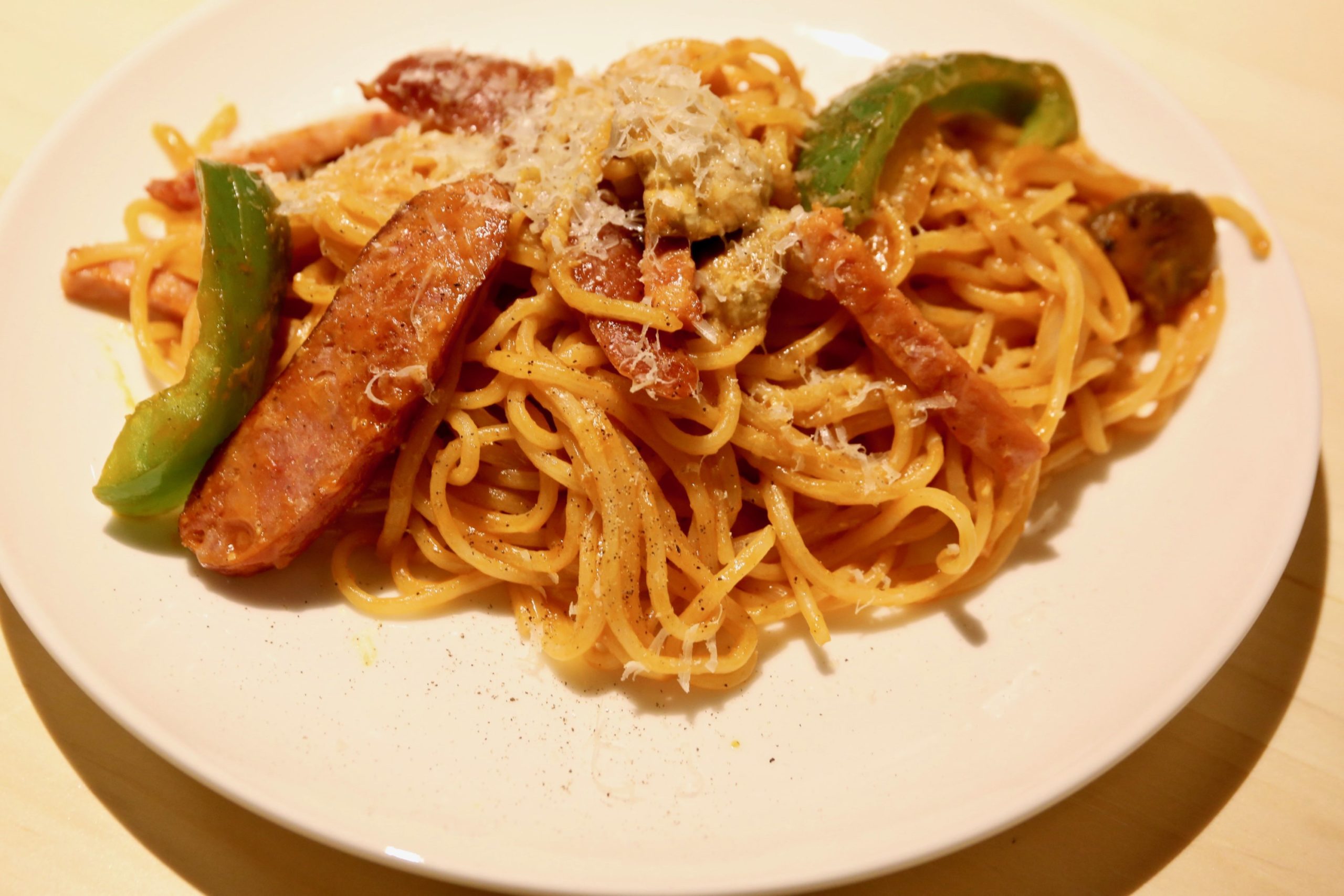
Wafu pizza doesn’t have the same distinct identity as wafu pasta, but pizza is big in Japan—from Pizza Hut to kaiseki-style pizza tastings in Kyoto. For Tonari, Fukushima has developed his own Japanese-style dough using Hokkaido flour. The rectangular pies are super thick, but surprisingly light with a mochi-like chew and faint sweetness. They’re baked in pans with rice oil, giving them a tempura-like crunch on the exterior.
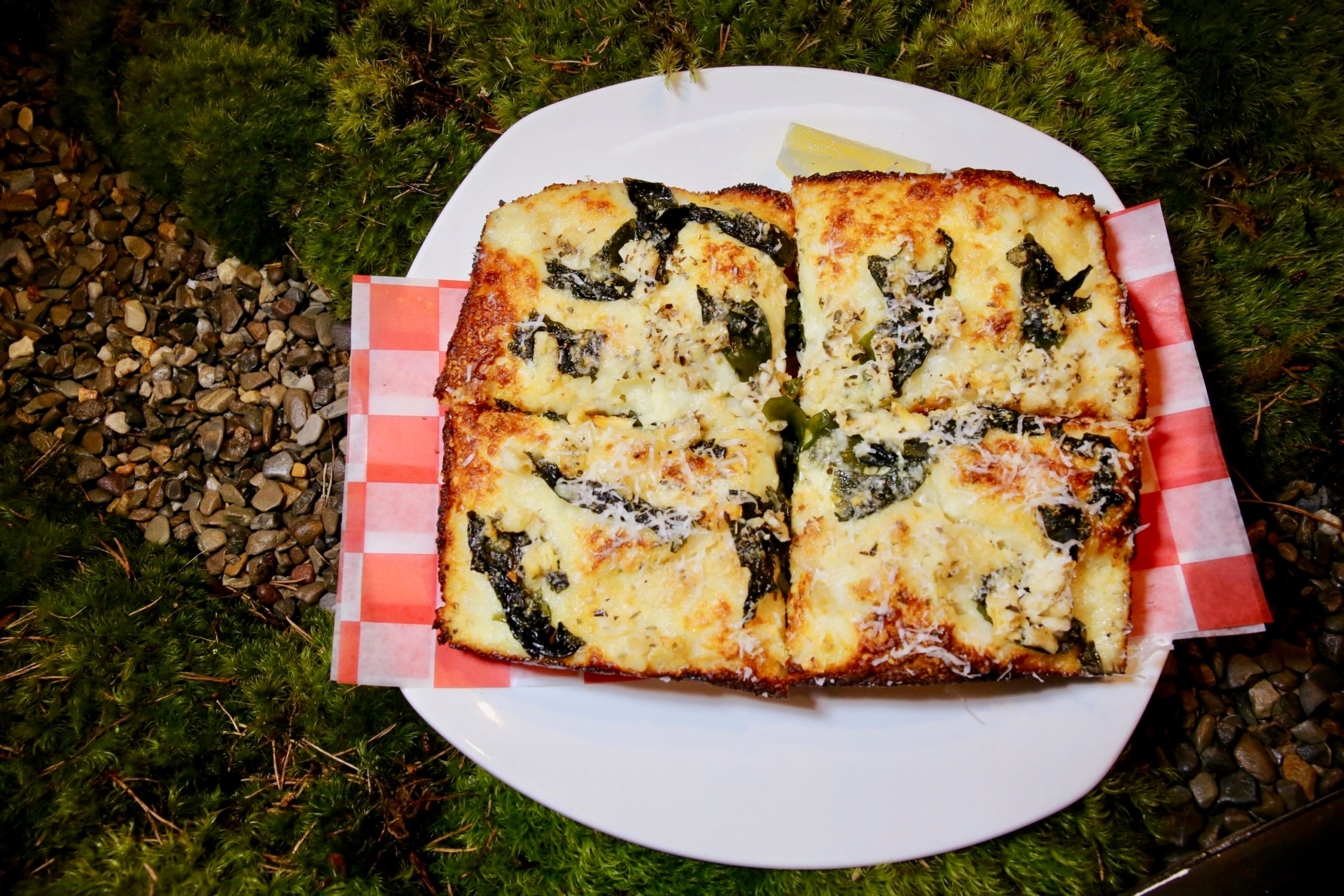
One of the pizzas is topped with a Kewpie mayo-corn sauce, Wisconsin brick cheese, and a drizzle of metaiko cream. Another is your standard pepperoni with Jersey canned tomato sauce, but the accompanying jalapeños are marinated in mirin and soy.
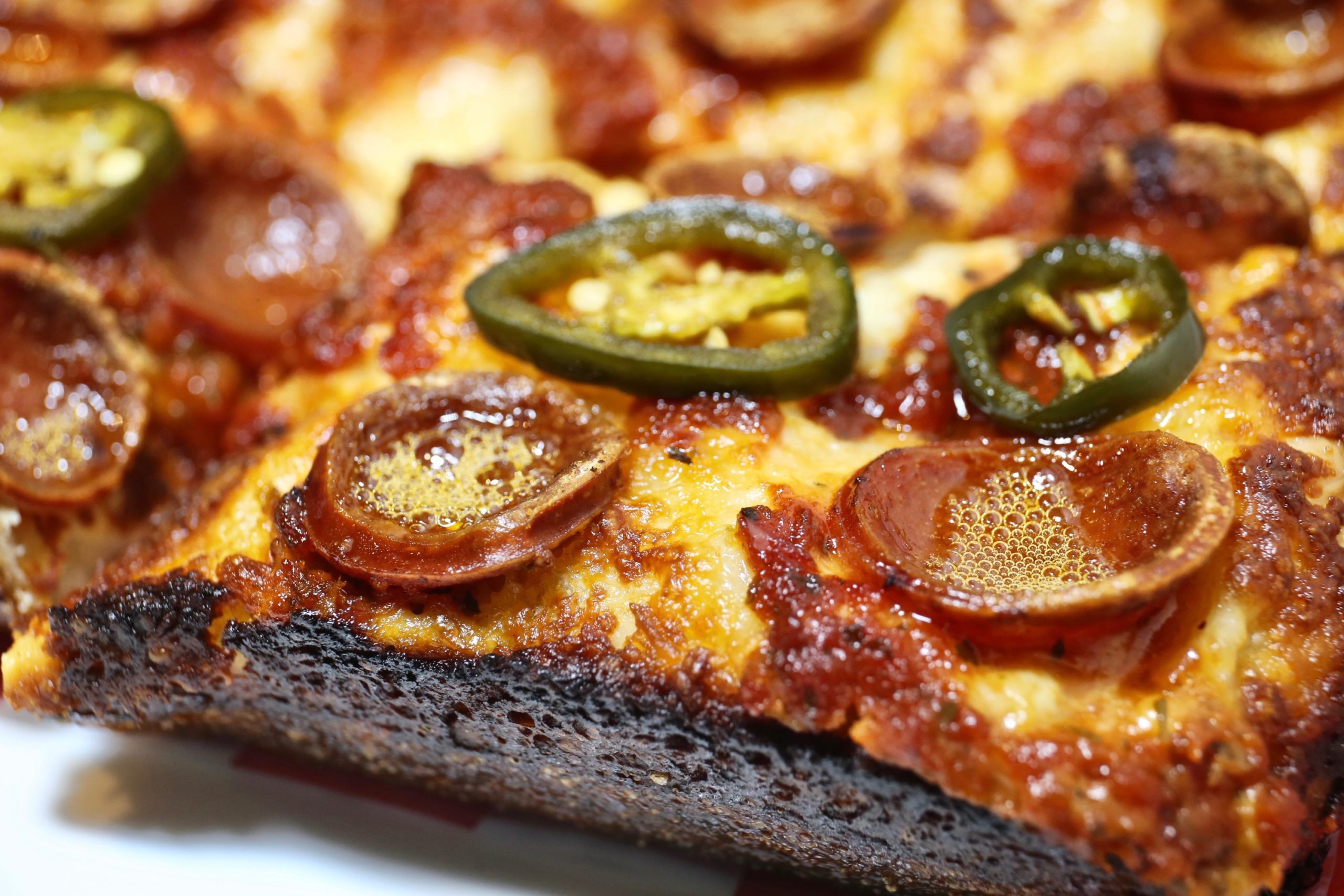
The menu also includes a handful of antipasti, including ricotta and edamame with a yuzu vinaigrette as well as house-made silken tofu with anchovies, soy, and olive oil. “It works,” says Fukushima.
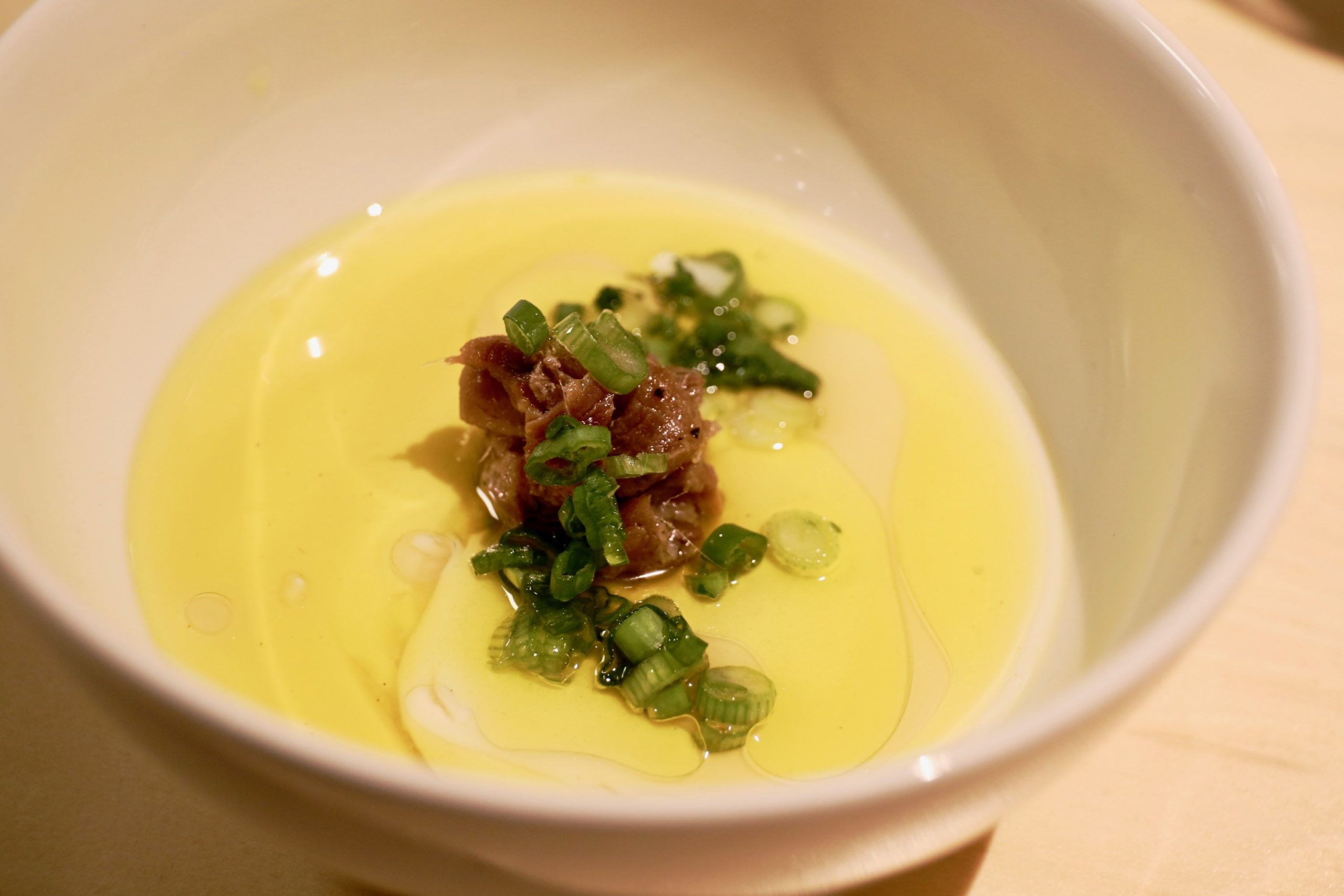
The dessert menu is all Italian—no Japanese “twist.” Think tiramisu, chocolate budino, and panna cotta. “If you go to Japan, the Italian desserts are pretty much traditional Italian desserts, and they’re really, really good,” Fukushima says. “There was really no need to force something to happen.”
The same goes for the drinks. The food-friendly wines are all Italian, and the restaurant has a decent collection of amaro, grappa, and vermouth. Although some Japanese beers are on the menu, you won’t find any sake or other Japanese-inspired concoctions. Cocktails are classics (negroni, daiquiri, old-fashioned, etc).
The decor, however, is decidedly Japanese. The restaurant has a Kyoto vibe with natural woods, paper lanterns, and even an indoor moss garden. Upstairs, traditional horigotatsu seating means you sit on the floor. No shoes are allowed. Stick them in cubbies, and the restaurant supplies you with slippers to use if you’re walking to the bathroom—just as they do in Japan.
“We thought since this is the least Japanese food menu of all of their restaurants, we’d kind of go the opposite way aesthetically, Japanese feeling, of all of their restaurants,” says designer Brian Miller of Edit Lab at Streetsense, who’s also behind the looks of Daikaya group’s ramen shops.
The Tonari team also took some inspiration from jazz-obsessed Japanese record bars. A bartender will double as a DJ switching out vinyl on the vintage record player with Bozak speakers.
Still to come in the next several weeks: a dessert tasting counter with drink pairings. “If you go to Tokyo, there are several dessert counters that you actually have to reserve or get in a long queue. You sit kind of like at the sushi bar,” Utagawa says. “That’s sort of the thing that we’re doing.”
Tonari. 707 6th St., NW.

